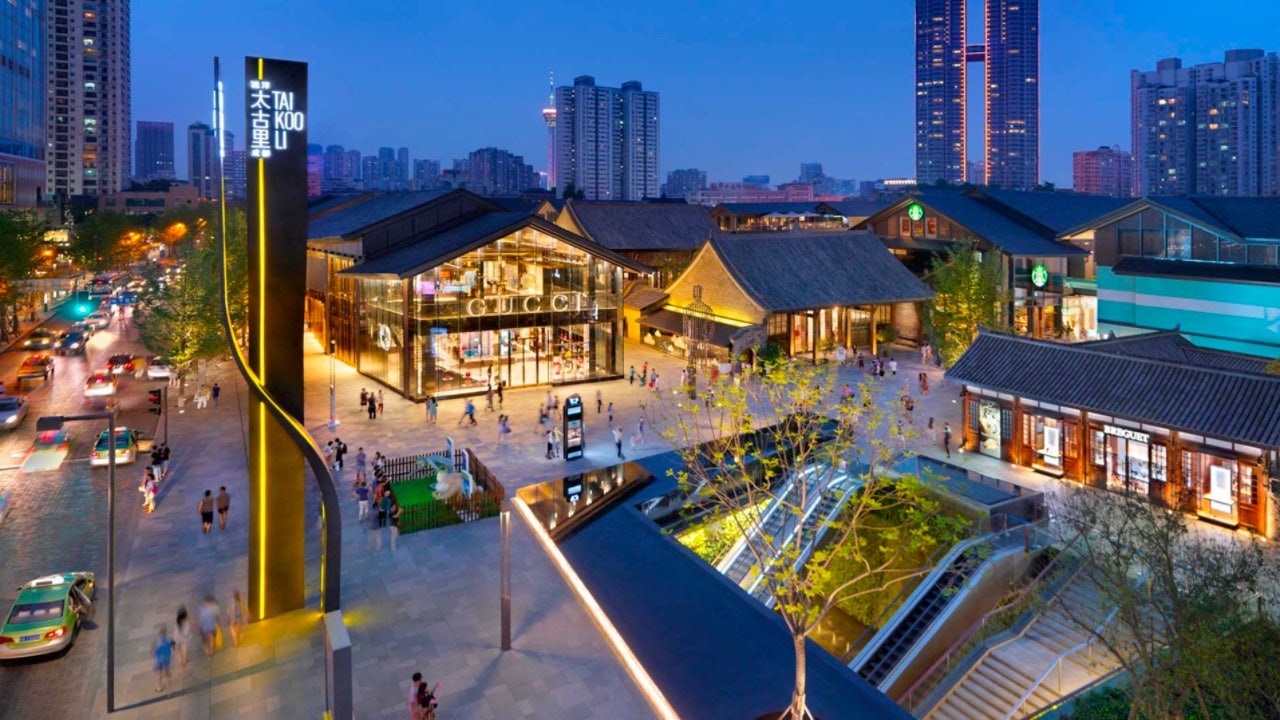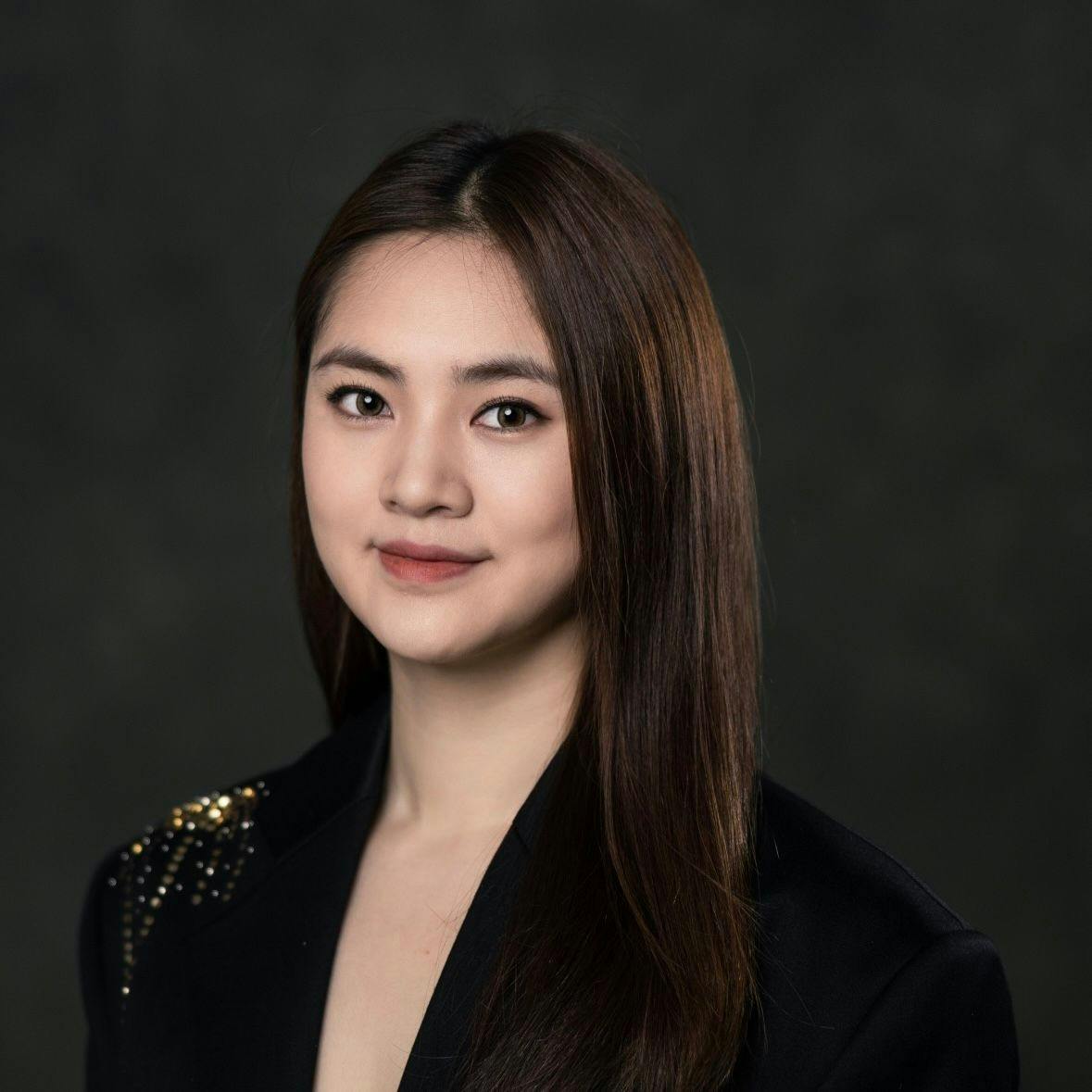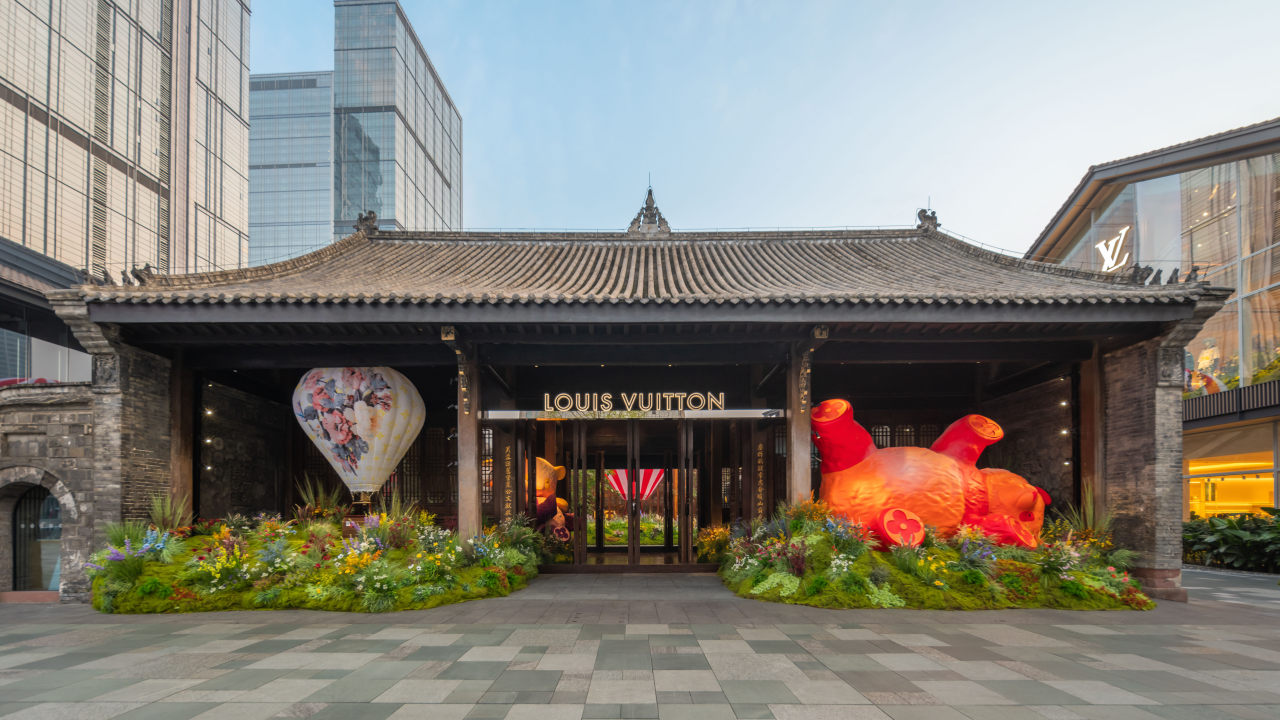Chengdu, the provincial capital of China’s southwestern Sichuan province, is perhaps best known globally as the home of cute giant pandas. But it is now also a rising star within the luxury sector. The city has become one of the most important regional markets in the mainland, in addition to top-tier cities like Beijing, Shanghai, and Guangzhou.
In November, the city once again proved its allure to leading luxury conglomerates such as LVMH and Kering. Louis Vuitton officially opened the third Louis Vuitton Maison in Sino-Ocean Taikoo Li mall, along with the first LV restaurant, “The Hall.” Last week, Dior unveiled its renovated flagship store in the same luxury shopping district. Balenciaga and Bottega Veneta presented their revamped storefronts in July and October, respectively.
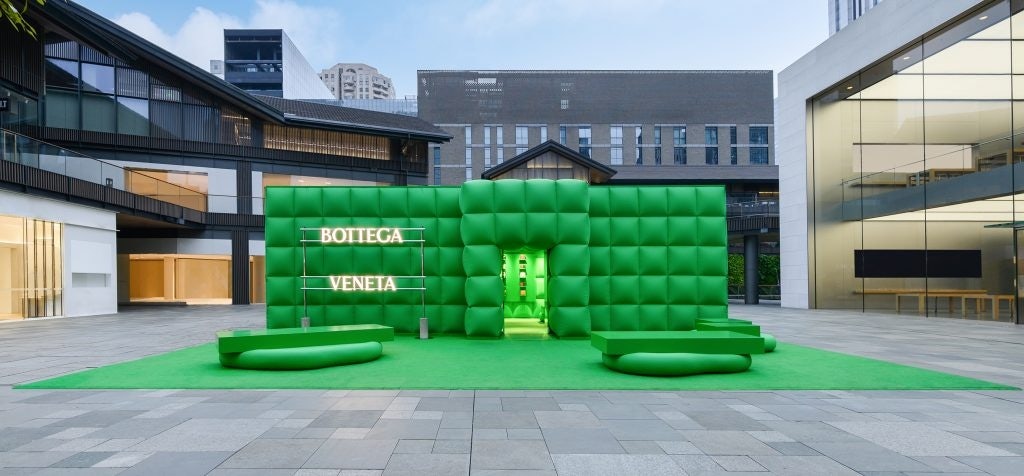
In addition to large-scale flagship stores, brands are attaching greater importance to the scope of their physical footprints in the city. Boss, under the German luxury group Hugo Boss, has seven standalone shops in Chengdu, making it among the cities with the largest retail presence in the mainland.
The strategic interest in Chengdu has been quantified by analysts. Wendy Liu, the analyst of luxury goods equity research at Barclays, shared with Jing Daily that “Chengdu ranked No. 4, just after Beijing, Shanghai, and Hangzhou, in our city store presence analysis for luxury companies.”
This September saw a two-week citywide COVID lockdown in Chengdu, but offline operations resumed as soon as October. If brands’ activations in the city over the past two months are anything to go by, their confidence in the market is still strong. Here, Jing Daily takes a deep dive into the city’s consumer landscape, cultural diversity, and what international players can learn from existing localization strategies.
Strong purchasing power driven by local shoppers and tourists#
Chengdu holds a critical role in southwestern China, as one of the most important transport, economic, and financial hubs in the region. In addition to geographically connecting southwestern, northwestern, and central China, Chengdu’s market size and purchasing power are appealing factors for luxury. In 2021, the total retail sales of consumer goods in the city reached 160 billion (1.13 trillion RMB), a figure released by the Sichuan Provincial Bureau of Economic Cooperation. Its total population exceeded 21.2 million as of last year, which ranks it just after Chongqing, Shanghai, and Beijing.
This strong purchasing power, as Liu explains, hinges on the lower cost of living and lower property prices compared with tier-one cities Beijing and Shanghai. Therefore, higher personal disposable incomes allow local consumers to improve their quality of life. Disposable income per capita in Chengdu in 2021 was 6,427.62 (45,755 RMB), an increase of 110 percent compared to 2012, with an average annual growth rate of 8.6 percent.
Tourism is also a major engine driving the city’s consumption. Chengdu is a popular city destination, and Sichuan is home to stunning natural scenery, diverse cultures, and sites such as Ganzi, the largest Tibetan-inhabited area of the province. In the first 10 months of this year, domestic media reported that Chengdu logged a total of 26.18 million travelers, ranking first among all mainland cities. Both locals and tourists are clearly contributing to the city’s flourishing economy.
Chill lifestyle and vibrant youth culture#
Chengdu is one of the few top-tier Chinese cities that has refused to buy into the hard hustle culture. Often described as cozy and laid-back, local lifestyles contribute to thriving niche communities and subcultures like skateboarding, electronic music, and hip hop.
“Our relatively low living cost means the cost of trial and error is lower than other top-tier cities,” observes Chu Yi, musician and co-founder of Chengdu’s hippest underground club, Axis. “Youngsters here dare to try different things, and have the patience to adjust and go in-depth into the hobbies and lifestyles that interest them.”
The diversity and openness of the city have lured luxury brands to launch playful, creative, and localized initiatives to engage the younger generation. Take Louis Vuitton’s grand opening of Chengdu Maison. The French house commissioned Chengdu-born rapper Ma Siwei to produce a song called “What’s Your Style” (“啥子范”) which then became the background music of the branded interactive game called “Mah Jump” (referring to mahjong) on WeChat Mini Program. This was a clever nod to Chengdu’s favorite leisure activities and resonated fantastically with local shoppers.
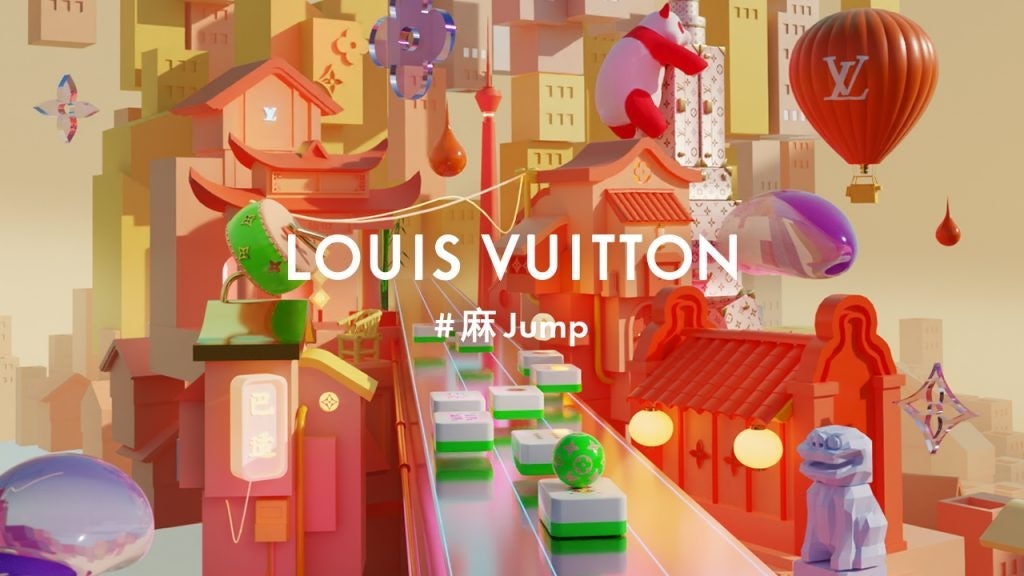
Different brands, different approaches#
Chengdu has been on the radar of global luxury houses radar for over five years. Chanel famously held its Cruise show in the winter of 2017 and Fendi followed suit with a couture outing in 2021. Since 2019, there’s been a boom of development in luxury retail across the city, with a huge number of retail openings (often marking a brand’s foray into southwest China). Three years after the outbreak of the pandemic, luxury’s affinity for the city has only intensified. However, approaches to the market differ across the sector.
In terms of incorporating local cultures into marketing strategies, Dior is a pioneer. In April 2019, the house unveiled a pop-up store at Guangdong Hall in Sino-Ocean Taikoo Li Chengdu, launching its Pre-Fall 19 men's collection in collaboration with contemporary Japanese artist Hajime Sorayama. The juxtaposition of Sorayama’s futuristic robot sculpture with the quaint historical architecture impressed visitors and inspired more luxury names to be creative. Since then, Sino-Ocean Taikoo Li has become a battleground for brands to showcase bold, imaginative localized initiatives.

An anonymous spokesperson from the Boss China team told Jing Daily that “Boss has presence in all important business districts in Chengdu, with the purpose of establishing a more intensive and accessible retail network.” This approach allows the label to get closer to its customers across the city and “provide them with more convenient and thoughtful services.”
As Beijing has just announced major changes to its COVID-19 pandemic control framework aiming to “optimize” the Dynamic Zero policy, inbound tourism is expected to further recover. Popular destinations like Chengdu will welcome back visitors to enjoy its relaxed, dynamic urban cultures. The knock-on effect will likely be more luxury groups launching further physical happenings in the promising capital.
